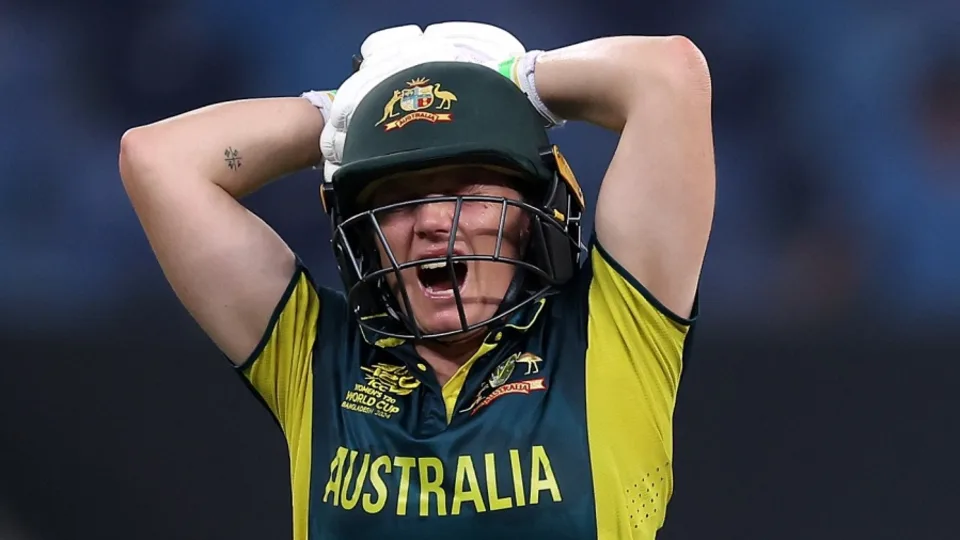
Healy admits making changes in keeping technique in the hope that there is a reduced risk of injuries later.
Healy hopes wicketkeeping ‘tinkering’ avoids recurrence of injury problems.
In an effort to lessen the physical burden on her body before the ODI World Cup in India and Sri Lanka, Australia skipper Alyssa Healy has made some technical changes to her wicketkeeping style.
Since the January Ashes ODI series against England, Healy has not played in a competitive match. After a knee injury ended her WBBL season and a foot ailment she had sustained at last year’s T20 World Cup returned, she played the Test in that series as a specialist batter.
She will begin in a slightly more upright position, which Healy described as a hybrid approach between what is often trained differently in Australia and England. Healy clarified that the alterations won’t be particularly noticeable.
“We’ve been taught how to wicket keep a certain way in this country for an extended period of time,” Healy said at the announcement of Westpac as a new partner with Cricket Australia. “At the end of the day, it’s not overly efficient on our bodies, and doing it at 35 is not ideal.
“We’ve just been looking at ways to make it a little bit easier for some ageing joints and trying to keep things moving the way they should. It’s been a nice learning experience later in my career, so hopefully it pays off.”
Healy elaborated on how the adjustments were made after talking about her most recent ailment with a podiatrist she was seeing.
“One of them actually worded it to me like when, and I’m not comparing myself to him, but when Cristiano Ronaldo started to get towards the back end of his career, they changed positions for him to make it a little bit easier on the body,” Healy said. “It was interesting and I said, well, how do we do that in the game of cricket? Like you can’t really change positions, but can we change things technically to make things more efficient? And we just played around with it.
“[Looking at] some of the stressful parts of my job and what it’s doing to some of the joints in my body and how do I get the best out of myself for the back end of my career. So we just tinkered around with it and it’s just really simply, it’s kind of like a bit of a hybrid model between what the English do and what we do.
“We’ve all been traditionally taught to stay low and come up with the ball and that’s fine until your knees and your feet can’t allow you to do that anymore. So just been playing around with how to get to my power position a little bit differently.”

